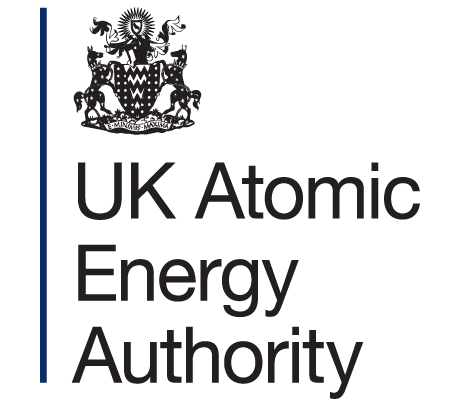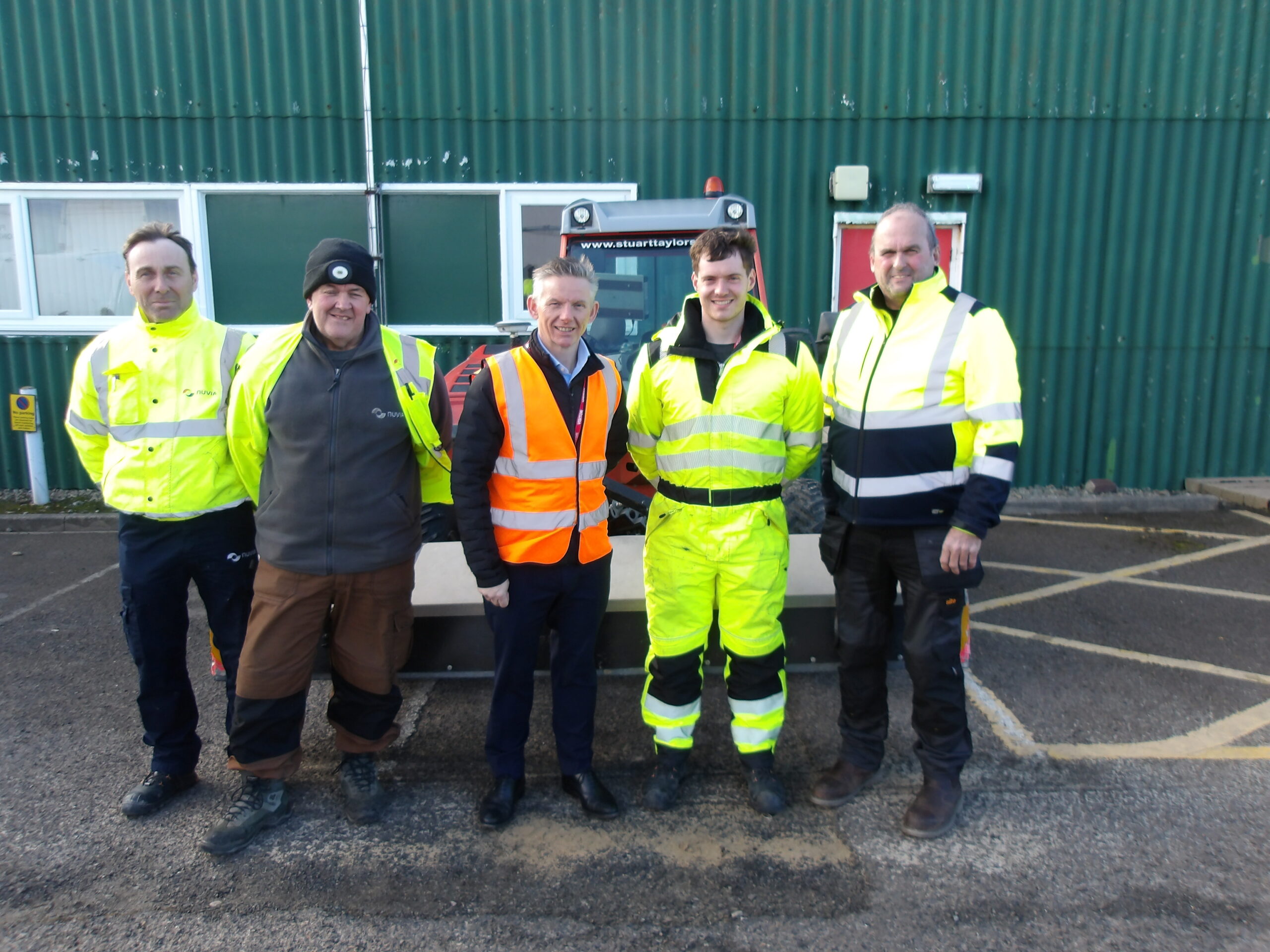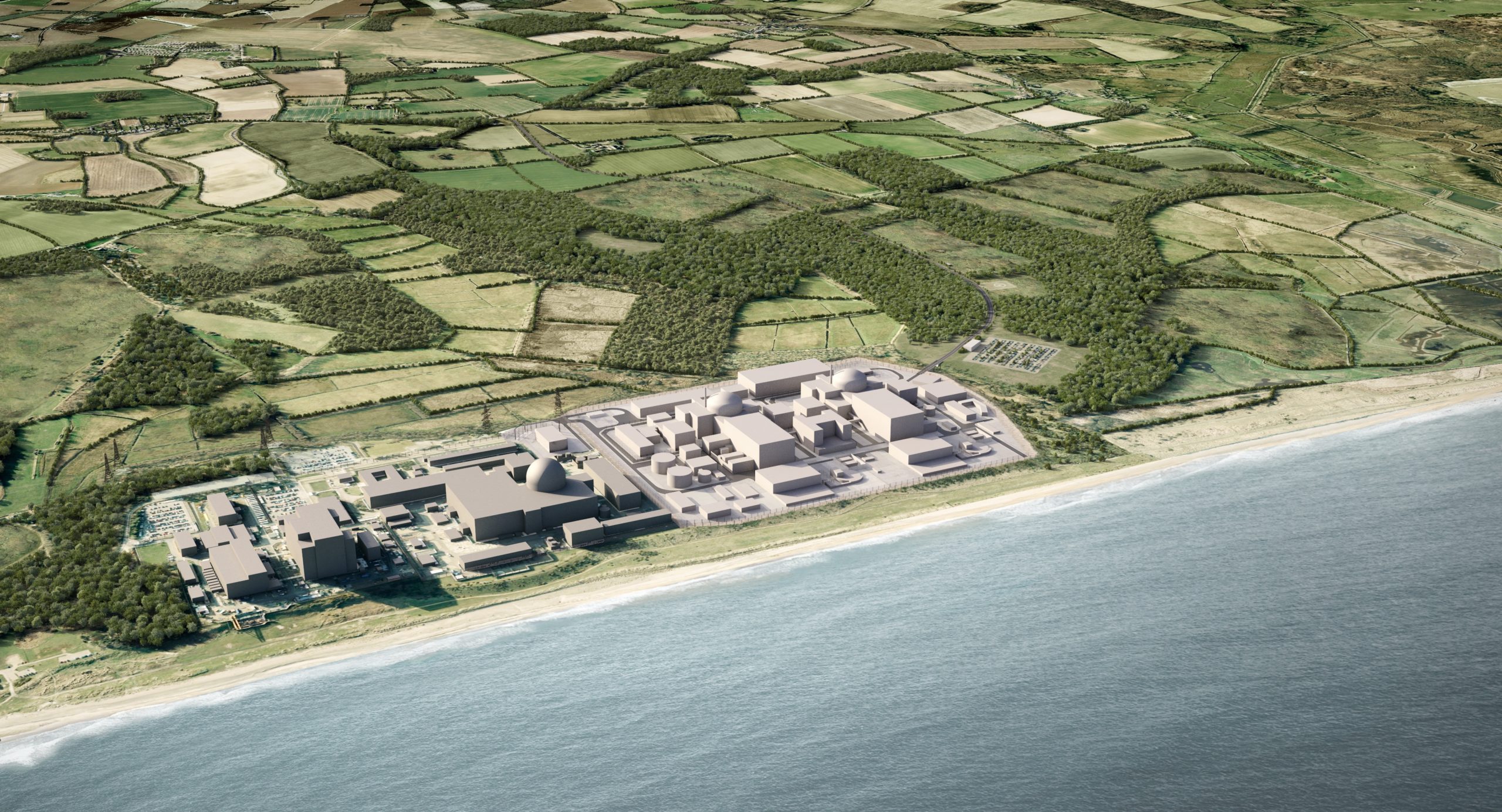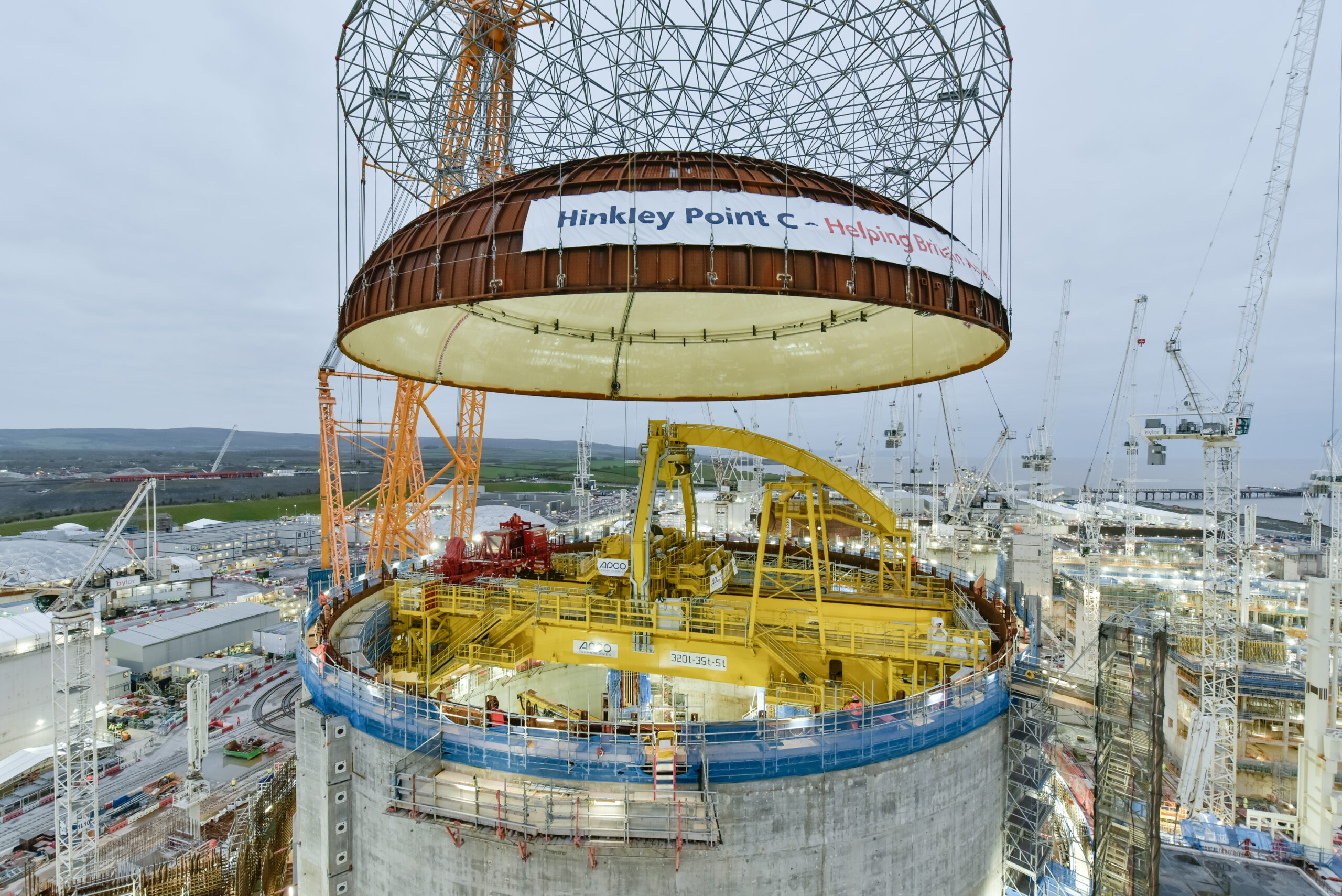Region tops table of nuclear jobs numbers with 27,000 – highest in six years
Nuclear critical to region’s economic prosperity, but fresh investment needed to sustain world-class skills base
The number of people working in the nuclear sector in the North West has risen to its highest number in at least six years, according to new data from the Nuclear Industry Association’s annual Jobs Map. There are currently 27,024 people working in the region’s civil nuclear industry, a 5% increase on last year’s total of 25,750.
The industry is a vital engine of economic development in the North West, housing a world-class skills base in decommissioning, fuel and other disciplines and hosting some of the most prestigious nuclear facilities in the country.
Sellafield in Cumbria remains the largest employer with a workforce of 11,347, which sustains its global reputation for dealing with legacy issues. In Warrington, 4,728 people work across the new build and decommissioning programmes.
In Lancashire, the two Heysham nuclear power plants employ more than 1,100 people, with station staff helping to generate more low carbon power than any other site in the country. Springfields Fuels, also in Lancashire, and Capenhurst in Cheshire employ hundreds more, providing vital fuel fabrication and uranium enrichment for the energy security of the UK and valuable exports to our allies around the world, including Ukraine, so they do not need to buy from Russia anymore.
Urgent investment is now needed to sustain those jobs and ensure nationally critical skills are not lost as the existing nuclear fleet retires. Heysham 1 will retire in March 2026, and Heysham 2 in 2028, while Springfields, which supplies the stations with fuel, will see its demand fall. A major new nuclear programme will secure the future of those communities, and those of others across the country.
Across the UK, 77,413 people work in the civil nuclear sector, 20% more than in 2022, and the highest number in at least 20 years. The South West saw the biggest annual increase with a 60% jump in workers thanks to the Hinkley Point C project, the first nuclear station to be built in the UK in two decades.
Jobs in nuclear in are stable, skilled and well-paid. Research from Oxford Economics earlier in 2023 also showed that over a third of nuclear jobs in England are in the 25% most deprived local authorities. Across the country each nuclear worker contributes an average of £102,300 in gross value added to the economy.
Case Study – Darren Masheder, Operations Coach, Heysham 1 Power Station said: “I started working at Heysham 1 as an apprentice more than 40 years ago, before it even started generating electricity. Working in this industry has been great for me and my family.
“I have held a variety of roles over the years from starting as a control and instrumentation maintain technician to operations manager, so there have always been fresh opportunities. It has given me a secure, rewarding career and now my daughter is working at the power station too.”
Reacting to the 2023 Jobs Map, Tom Greatrex, Chief Executive of the Nuclear Industry Association, said:
“The North West exemplifies the best of the nuclear industry, with thousands of dedicated people playing a vital role in our energy security, our economic prosperity, and even our allies’ resistance to Russian aggression abroad. They do it all in the North West.
“We can have more of these jobs and these opportunities for the next generation of young people if we build a new fleet of stations: the Heysham AGRs have been standard bearers of home grown energy for decades, and the site is perfect as part of the first wave of new small modular reactors (SMRs) in the UK.”
Charlotte Nichols MP, Warrington North & Nuclear APPG, Co-chair, said:
“The nuclear sector has a vital part to play in meeting the twin challenges of decarbonisation and an economic recovery rooted in boosting skilled, secure employment and regional economic development.
“With world class innovation happening every day from fuel design through to using isotypes to detect and treat disease, it’s fantastic to see the civil sector not just sustained but seeing year on year job growth, and huge investment into apprenticeships and training right across the country.”
| Regional Totals | 2022 | 2023 | Difference +/- | Percentage +/- | ||
| East Midlands | 3,967 | 4,548 | 581 | 14.65% | ||
| East of England | 1,795 | 1,523 | -272 | -15.15% | ||
| London | 1,026 | 2,635 | 1,609 | 156.82% | ||
| North East | 1,698 | 1,872 | 174 | 10.25% | ||
| North West | 25,750 | 27,024 | 1,274 | 4.95% | ||
| Northern Ireland | 8 | 8 | 0 | 0.00% | ||
| Scotland | 3,664 | 3,676 | 12 | 0.33% | ||
| South East | 8,138 | 8,697 | 559 | 6.87% | ||
| South West | 15,011 | 23,938 | 8,927 | 59.47% | ||
| Wales | 800 | 825 | 25 | 3.13% | ||
| West Midlands | 980 | 991 | 11 | 1.12% | ||
| Yorkshire and the Humber | 1,270 | 1,200 | -70 | -5.51% | ||
| Various site and home based workers | 402 | 476 | 74 | 18.41% | ||
| Total | 64,509 | 77,413 | 12,793 | 19.83% |
ENDS
Notes to editors:
- Access the 2023 Jobs Map here.
- The Jobs Map is made up of participating NIA members
- The UK has five generating nuclear power stations, providing around 15% of the country’s electricity from 5.9 GW of capacity. All but one are scheduled to retire by 2028.
- Hartlepool and Heysham 1 are scheduled to retire by March 2026, and Heysham 2 and Torness are scheduled to retire by March 2028.
- Hinkley Point C, the only new nuclear power station under construction in the UK, is due to begin generating in 2027.
- Nuclear has saved the UK 2.3 billion tonnes of carbon emissions, far more than any other source. The saving is equivalent to all UK emissions from 2015 through 2020.
About the Nuclear Industry Association
As the trade association for the civil nuclear industry in the UK, the Nuclear Industry Association represents more than 250 companies across the UK’s nuclear supply chain.
Links
Visit our website: www.niauk.org
Follow the NIA on Twitter @NIAUK and LinkedIn
For further information, please contact:
[email protected]
+44 7517 108023











